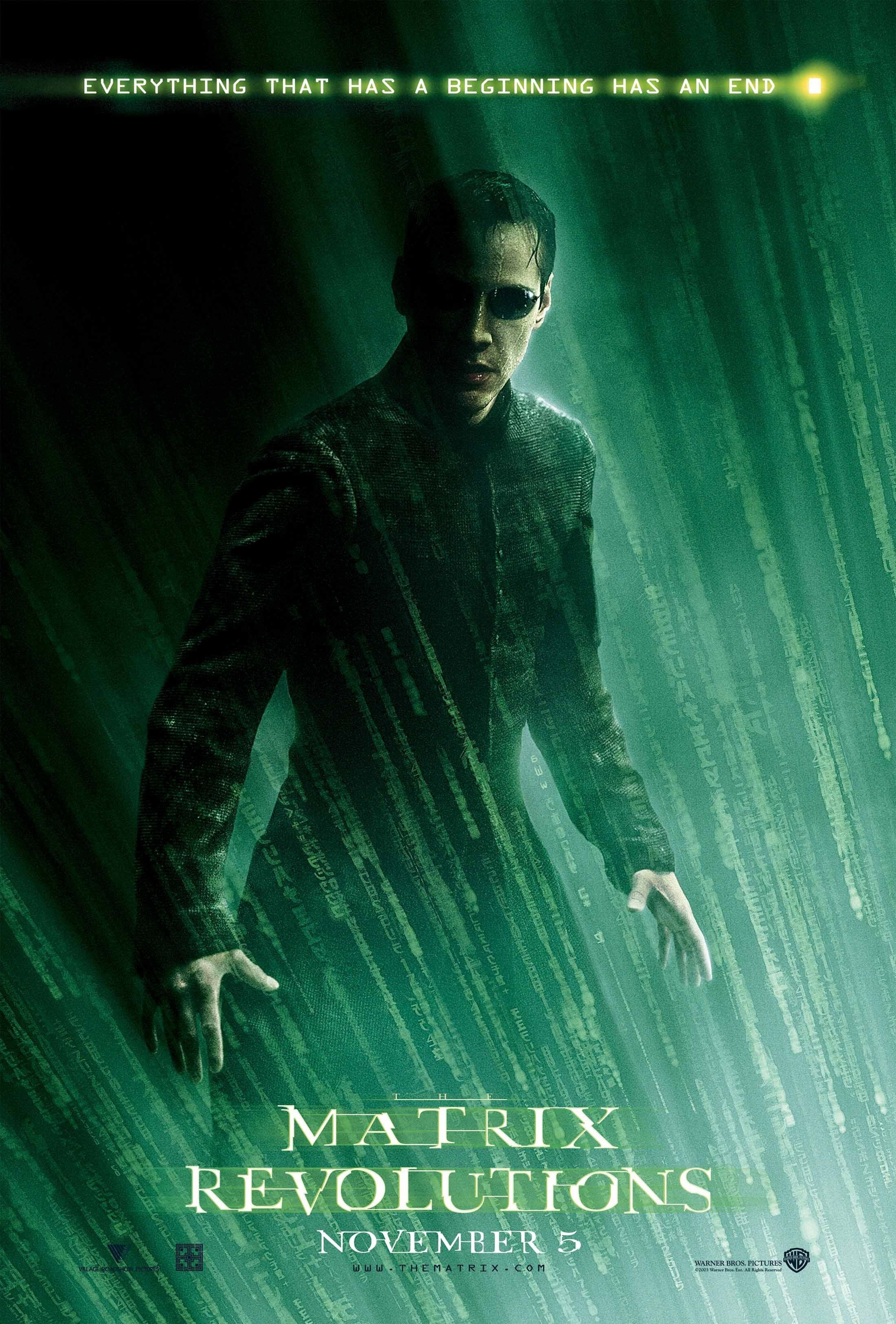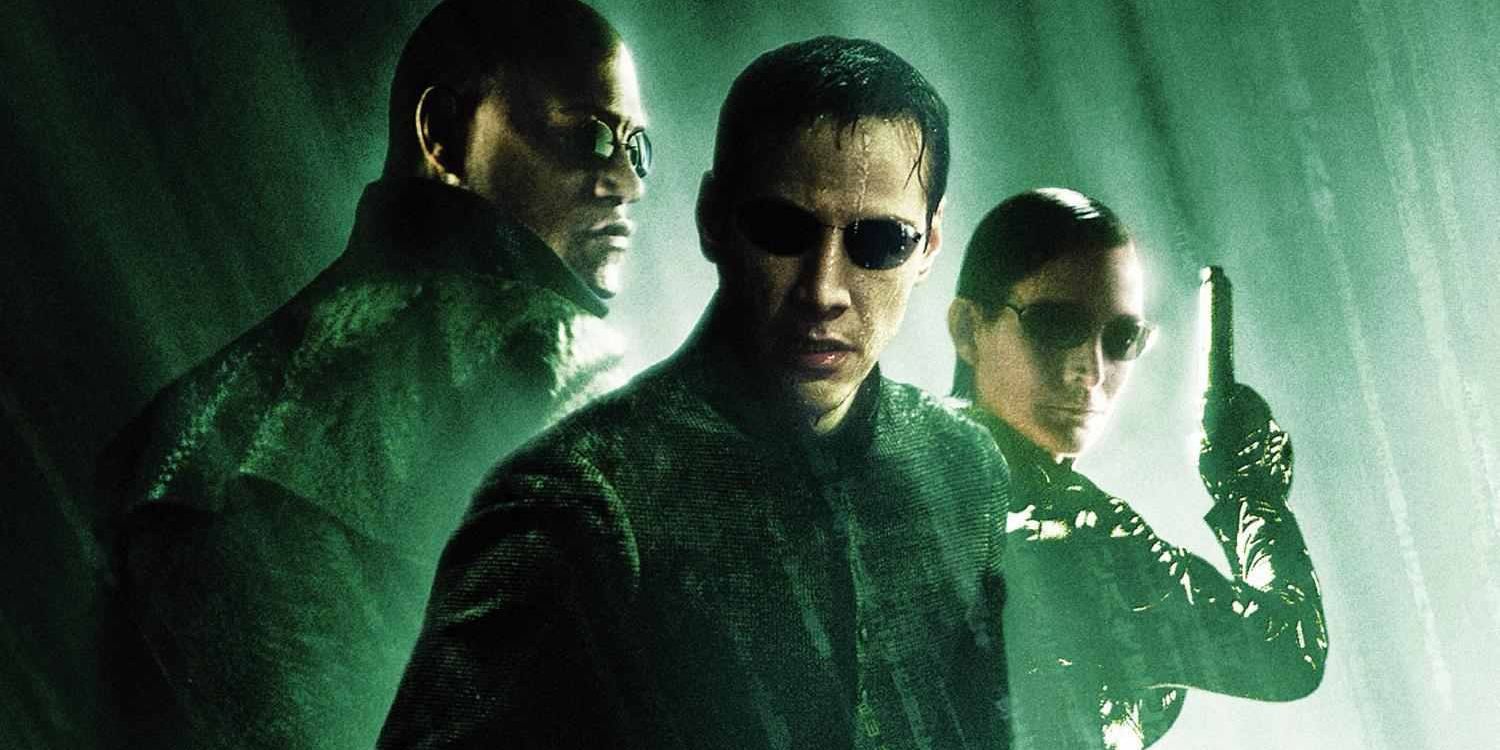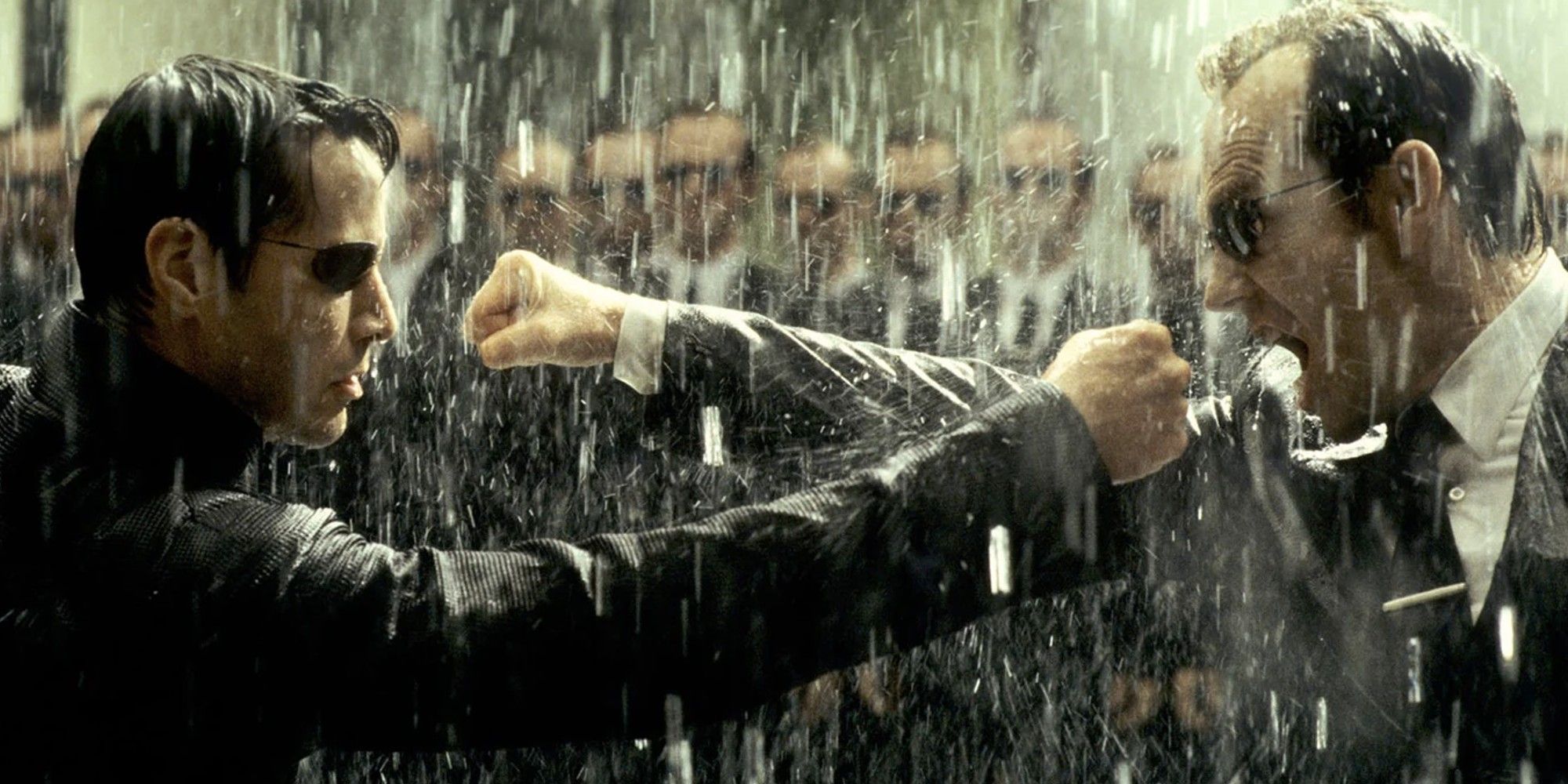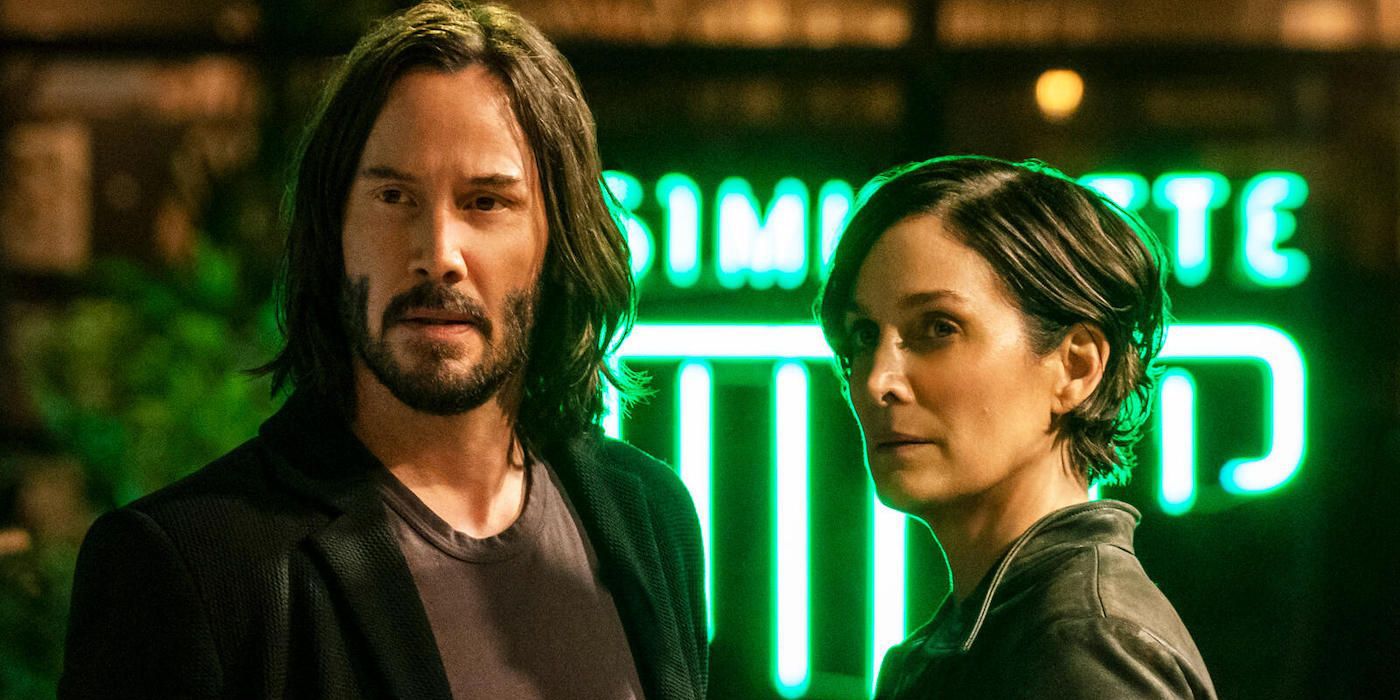The Big Picture
- The Matrix Revolutions offers a satisfying conclusion to the war between humans and machines with a high-stakes battle in Zion.
- Neo's sacrificial death parallels Christ-like figures, showcasing his role as 'The One' and bringing peace to both man and machine.
- The return of Neo and Trinity in The Matrix Resurrections is explained by their preservation by the Analyst, setting the stage for a new war.
The debut of Lilly and Lana Wachowski’s The Matrix in the spring of 1999 was a transformative moment for the science fiction genre. While franchises like Star Wars, Star Trek, The Terminator, and Alien were still popular, The Matrix’s inventive blend of Eastern philosophy, death-defying action sequences, the influence of Japanese animation, and pre-Y2K anxieties about technology made it seem like a breath of fresh air. In the aftermath of The Matrix, the Wachowski sisters developed an ambitious two-part follow-up with The Matrix Reloaded and The Matrix Revolutions, which delved deeper into the philosophy behind Zion and the virtual reality of “The Matrix” itself. While these sequels are almost unrivaled in their ambition, the heavier focus on mythology may have rubbed some fans—who had simply enjoyed the first film’s worldbuilding—the wrong way. The series’ return in 2021 with the meta-sequel The Matrix Resurrections was a surprising one that divided the fanbase: The Matrix Revolutions had offered a fairly definitive conclusion to the initial war between mankind and machines, bringing the characters arcs for Neo (Keanu Reeves), Trinity (Carrie Anne-Moss), and Morpheus (Laurence Fishburne) to a close.

The Matrix Revolutions
The human city of Zion defends itself against the massive invasion of the machines as Neo fights to end the war at another front while also opposing the rogue Agent Smith.
- Release Date
- November 5, 2003
- Director
- Lilly Wachowski , Lana Wachowski
- Cast
- Mary Alice , Tanveer K. Atwal , Helmut Bakaitis , Kate Beahan , Francine Bell , Monica Bellucci
Humanity’s Last Stand Against the Matrix
At the end of The Matrix Reloaded, Neo is trapped in an enigmatic subway station known as “Mobil Ave.” This mysterious area exists as a middle ground between The Matrix and the real world. It’s here where Neo meets a group of sentient programs, including one named “Sati” (Tanveer K. Atwal) who resembles a young girl. As Neo tries to bridge contact with a program that resembles Sati’s father, Morpheus and Trinity discover that he is caught in a trap that is controlled by a dangerous program known as “The Trainman.” The Trainman works for The Merovingian (Lambert Wilson), the oldest program in The Matrix. According to the Oracle (Mary Alice), The Merovingian has survived multiple incarnations of the Matrix, and seen many leaders who believed themselves to be “The One” fall. While at first, this flash forward is a bit confusing, it ends up having significance to the biblical and philosophical allusions within the film’s conclusion.
After Morpheus and Trinity rescue Neo, he consults with the Oracle to develop a plan to stop the machines from destroying the human civilization of Zion. The only way to stop The Matrix from enveloping all of mankind is to take the fight to their home in Machine City. Unfortunately, this also means that Neo has to defeat his archnemesis Agent Smith (Hugo Weaving), who has grown even more powerful since their last encounter. Smith has developed a way to assimilate himself into different programs and control their consciousness. Smith now has the power to destroy both the real world and the Matrix; he assimilates The Oracle, Sati, and their ally Seraph (Collin Chou) within quick succession.
Watching his friends get caught up in Smith’s trap, Neo joins forces with Morpheus, Trinity, and Link (Harold Perrineau) in the real world. After making an alliance with Captain Niobe (Jada Pinkett Smith) and her crew, Neo’s allies head toward Zion to protect it in preparation for the final battle. At the same time, Neo and Trinity head to Machine City to face off with Smith. Although their plan is nearly thrown off course when their former ally Bane (Ian Bliss) is assimilated by Smith, humanity’s forces are able to take down the Sentinels and prepare to defend their home. This is the battle that the heroes have been preparing for ever since the first film.
Neo’s Sacrifice Was Preordained
The Matrix has always had strong Biblical allusions. It was evident since the first film that Neo himself was a messianic figure who had to fulfill his destiny as “The One” to bring peace to both mankind and the machine. As is expected of any Christ-like figure, Neo dies in defense of his friends. He realizes that he and Smith are equally matched; after a long, drawn-out brawl between them, Neo begins to understand that their battle will go on forever if he allows himself to live. Neo allows Smith to assimilate him; Neo’s sacrifice means that Smith and all of his clones are destroyed.
Prior to his final battle with Smith, Neo had developed a deal with a program literally named “Deus Ex Machina” (voiced by Kevin Michael Richardson). Deus Ex Machina agreed to stop the Sentinels from destroying Zion if Neo was able to prevent Smith from taking over the Matrix. With Smith dead, the Sentinels end their assault on Zion, leading to celebrations among Neo’s followers. Their battle wasn’t without its cost; Trinity, Mifune (Nathaniel Lees), Charra (Rachel Blackman), and Maggie (Essie Davis) were all killed in the assault.
Despite these sacrifices, both the Oracle and Sati are revived in the rebooted version of the Matrix that emerges after Neo and Smith’s deaths. This also brings a conclusion to the Oracle’s long-standing philosophical battle with The Architect (Helmut Bakaitis), the “father” of the Matrix itself. Although the Architect realizes his error and allows mankind to leave the Matrix on their own, he questions whether the peace between humans and machines can last. It clearly doesn’t, because The Matrix Resurrections picks up with a new war.
How Does Neo Return for ‘The Matrix Resurrections?'
Given Neo and Trinity’s sacrifices at the end of The Matrix Revolutions, the announcement that they were returning for the fourth installment in the series caught many fans off guard. However, it is revealed that Neo and Trinity were kept alive by the Analyst (Neil Patrick Harris). Separated, Neo and Trinity had little value. However, their combined powers may be enough to help keep the peace between humanity and the machines. Sixty years have passed, but the only issue is that Neo is now trapped in a different version of The Matrix.
Neo believes that he is the game designer Thomas Anderson (the name of his character from the first film). The new Mnemosyne captain, Bugs (Jessica Henwick), and a program that resembles Morpheus (Yahya Abdul-Mateen II) rescue Neo so that he can reunite with Trinity and defeat a revived version of Smith (Jonathan Groff).
The Matrix Revolutions is streaming in the U.S. on Max.



